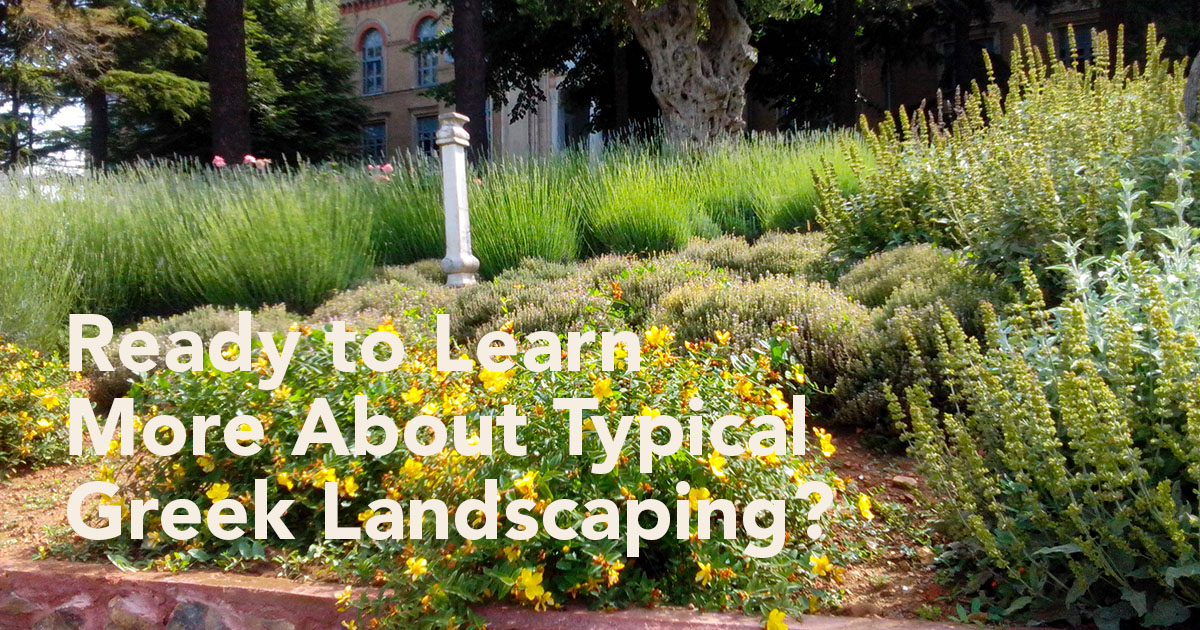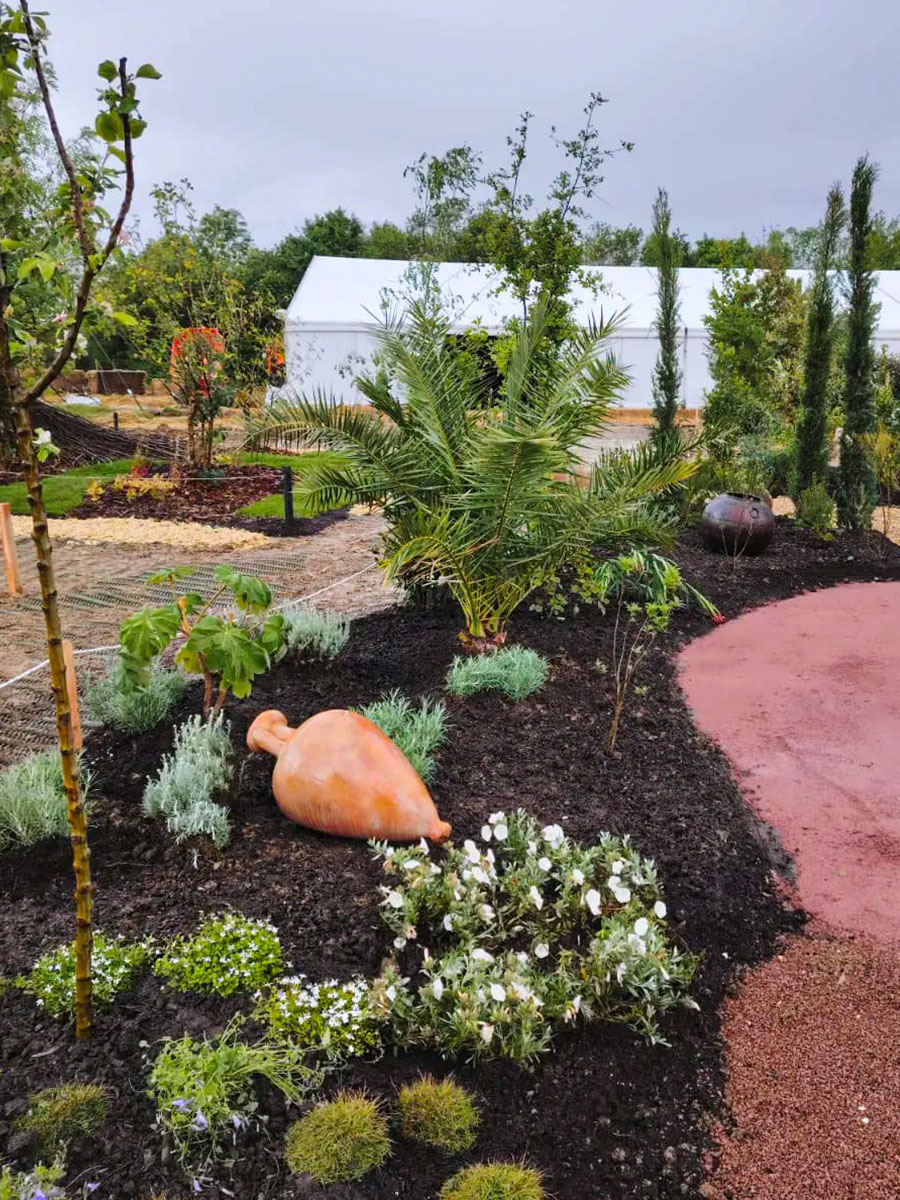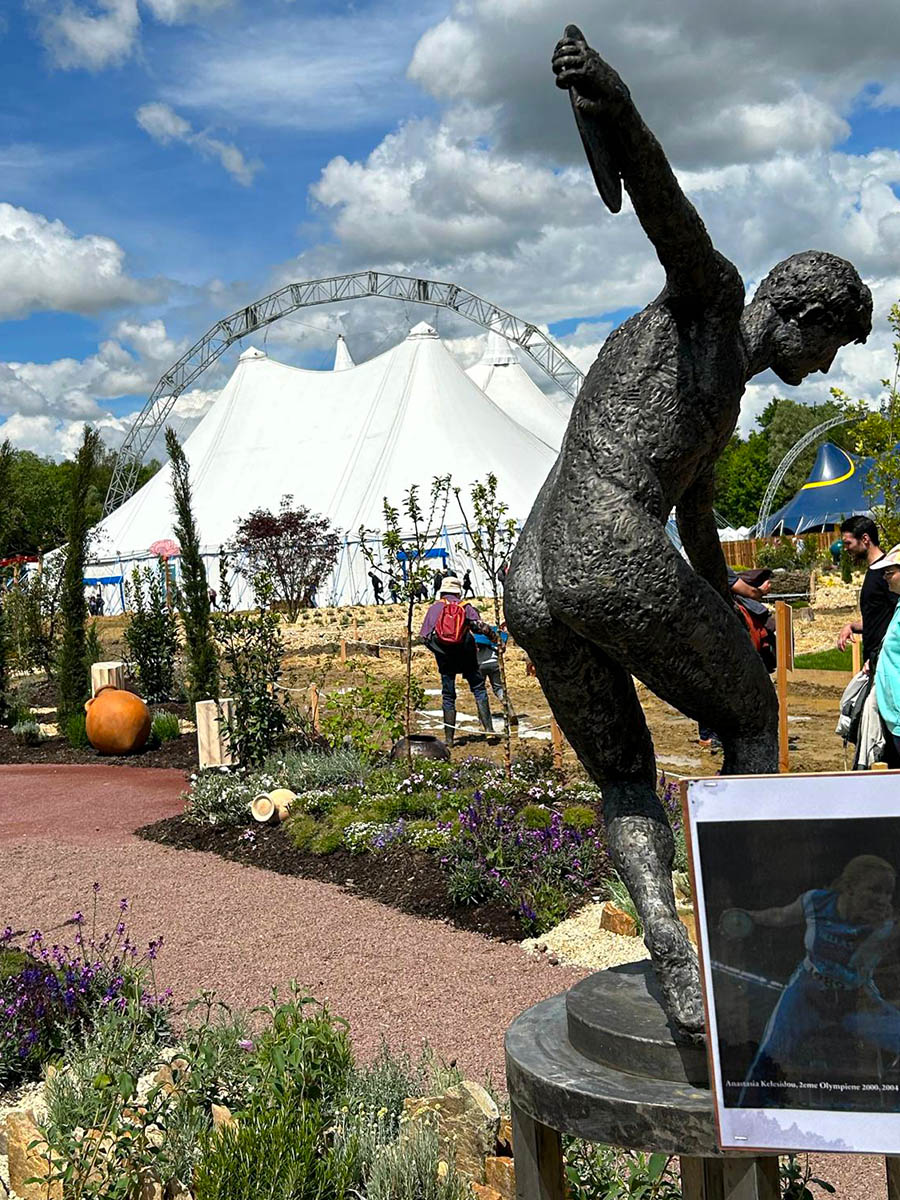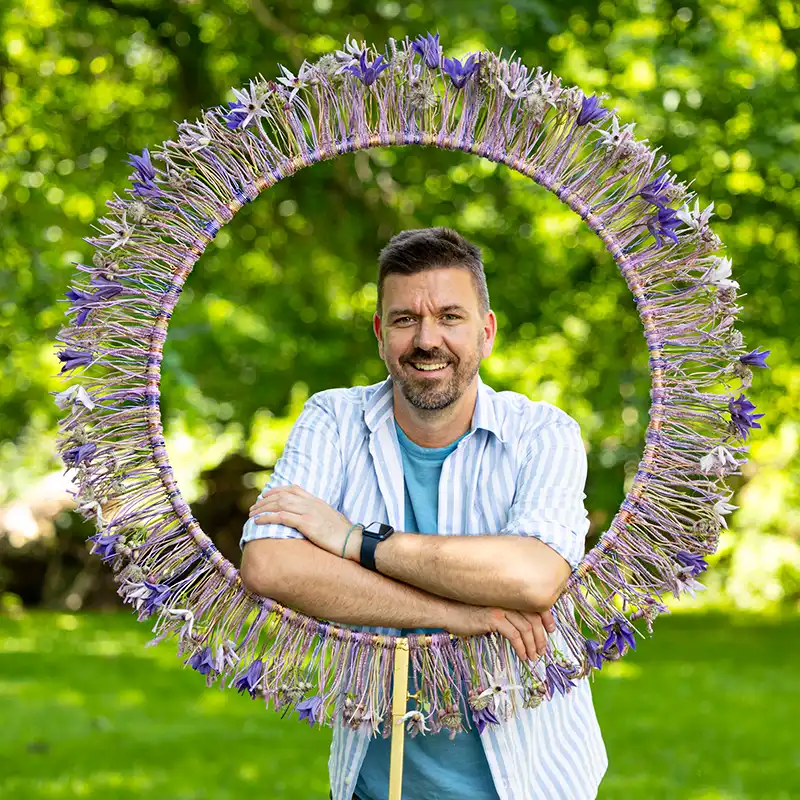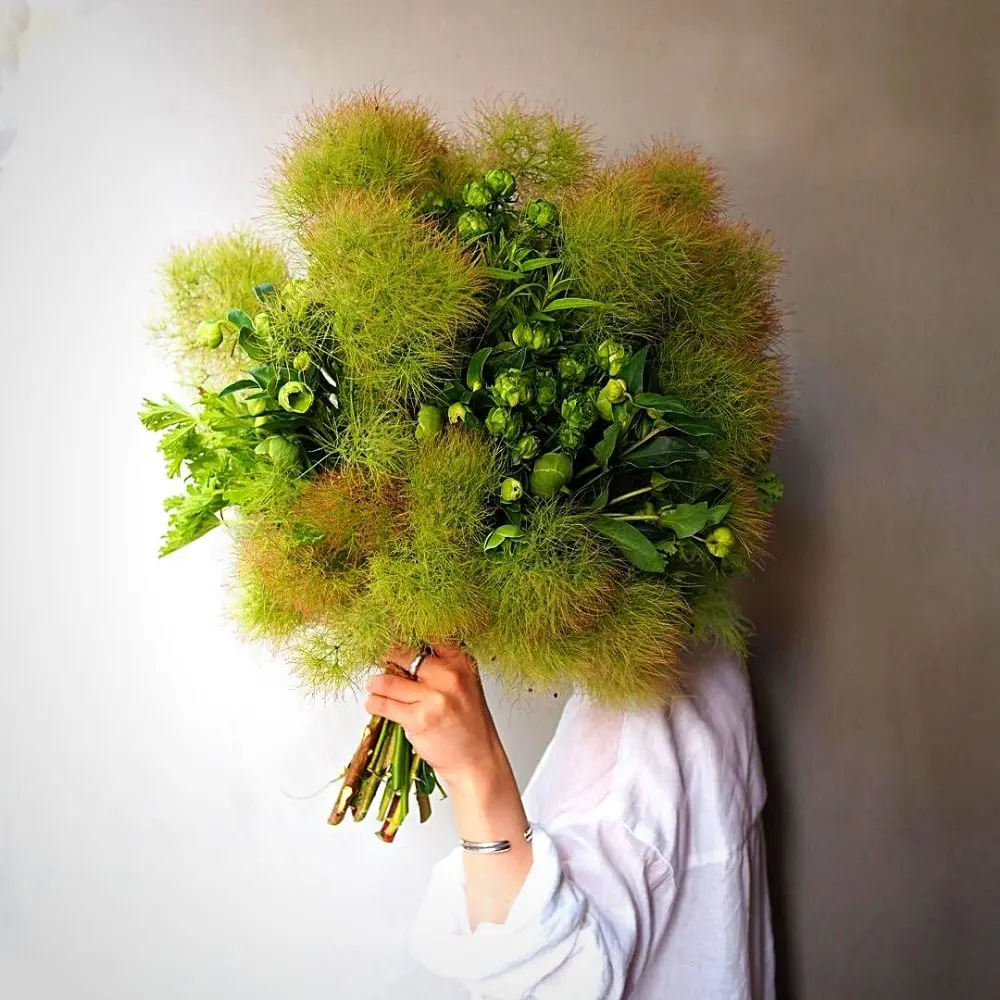The educational role of green infrastructures and plants in general has an eternal but forever modern message of sustainability, balance, and a landscape-wise approach to everything; through gardens and plants that give the breath of an ecosystem, and through history and myth, cultivation and gastronomy, art and culture, philosophy and technology, a future itself is developed. This is expressed through the 'Hellenic Garden' and the use of plants from our Greek flora. Yes, I am from Greece, so I would like to show you the principles of this type of landscaping.
What Is a Hellenic Garden?
The Hellenic Garden is a concept, a new style, that became popular in recent years, and an established trend in worldwide gardening. In fact, this is the design, construction, and landscape management focus of our country through natural materials and plant species that characterize the micro-landscapes of our country. Plants that describe our culture, history, science, art, and rural practice of what we call 'Hellenic Aura'. It is a self-sufficient-sustainable garden, designed with a water-wise approach, based on Hellenic Flora. It is a 'brand', an extension of historical records in space or modeling pictures from the Hellenic Landscape.

The Pikionic Example
Demetrios Pikionis (1887-1968) was an emblematic artist and architect of the 20th Century. The 'Pikionic Example' is a landscape architecture approach of using native flora in Greece in all kinds of designs and constructed areas that he worked with, as much possible with as natural materials (especially stone and marble). His work has a strong influence from Hellenic folk tradition with a hint of Japanese culture.

The most popular work on this example is the planting around the worldwide cultural heritage of the Acropolis. Outdoor formations on the rock of the Parthenon and the hill of Philopappos are probably the most important architectural works done in Greece in the 20th century. These works present a proposal and a legacy that Pikionis left in modern Athens and humanity.

1. The Edible Garden
The Edible Garden is a botanical synthesis, conducted by fruit trees, vegetables, and herbs and is highlighted by a biodynamic vineyard. The garden represents our effort to cultivate food. The typical olive grove, as 'natural picturesque' combined with the composition of herbs shows a painting like a Hellenic countryside.
2. Elaionian Landscapes
(Elaia = olive tree, Aionian = eternal). These beautiful and living millennial creatures, monumental and veteran trees, are living sculptures of God, run through times of dream to us… They accompany people from generation to generation, they live through wars, cataclysms, joeys, births, and deaths, they bring to us their blessed olives, that unite thousands of years in a unique, amazing, simple gift to man.

3. The Healing Place
As an everyday 'healing' place, a garden is a reference to paradise. Despite its size, there is always the opportunity to touch the ecosystem and feel good inside. The authentic garden with an all-year-round color and edible features, the fragrances from leaves of herbs and flowers as much as the mowed grass or the soil, its whistles of attracted life—birds, animals, and insects—, or the sound of water from a pond, creek, or waterfall. All these things create the outdoor room of our home, the kiss of Mother Nature, the blessing of the Lord.

As much as refers to the following poem by 17th-century Andrew Marvell from 'The Garden', is the 'feel-good' way of living…
“How well the skillful gardener drew
of flowers and herbs this dial new,
where from above the milder sun
Does through a fragrant zodiac run.
And as it works, th’ industrious bee
computes its time as well as we.
How could such sweet and wholesome hours
be reckoned but with herbs and flowers!”

The Hellenic Garden 'Stivos'
For the 2024 Olympic Games a Hellenic Garden project was created named 'Stivos' to show the strong symbolism of the Paris games with ancient Greece. From 17-26 May 2024 Floralies Internationales was held at the Chabotterie Estate in Vendée, near Nantes, in France. Stivos described the roots of the ancient wrestling game pancration.
The garden was dedicated to female Olympians and presented a route with four stops, each referring to four Greek women.
- The first stop was at the Discobole Statue of Myron, honoring two times Olympian (2000, 2004) discus throw Anastasia 'Tasoula' Kelesidou.
- The second stop was the Crevish Garden with Hellenic Herbs, with the first Greek female Olympic gold medalist in the 100-meter hurdles (1992) Paraskevi 'Voula' Patoulidou.
- The third stop was the Symbolic Plants of the Olympic Games—olive, phoenix, myrtle, apple, and laurel—with two times Olympian (2000, 2004) in the javelin throw Mirela Maniani.
- The last stop was about wrestling with 4th place winner (2004) Olympian Stavroula 'Voula' Zygouri.
Stivos was a garden with plants completely from the Hellenic flora, based on the landscape of Kronios Hill (Ancient Olympia) making my dream come true. This garden was fully funded by French friends and officials, with special thanks to l'Envers du J(Art)din, Marion Leclerc, Mathieu Fièvre, Camille Nucelli, Pépinières Boutin, and the Président Comité des Floralies in Nantes.
My 12 Favorite Hellenic Garden Plants
Then, I leave you with my 12 favorite garden plants, just to give an impression and maybe some ideas of what this typical Hellenic Garden is about:
- Bear's Breeches (Acanthus mollis)
- Wild Strawberry (Fragaria vesca)
- Lion's Ear (Leonotis leonorus)
- Stachys (Stachys officinalis)
- Wall Germander (Teucrium chamaedrys)
- Turkey Tangle Frogfruit (Phyla nodiflora)
- Cretan Date Palm (Phoenix theophrasti)
- Wild Rose, or Dog Rose (Rose canina)
- Syrian Tea, or Ironwort (Sideritis syriaca)
- Pink Muhly Grass (Muhlenbergia capillaris)
- Rock Samphire, or Sea Fennel (Crithmum maritimum)
- Smokebush, or Eurasian Smoketree (Cotinus coggygria)


I hope you have enjoyed my blog. Follow me on Facebook if you are further interested in landscaping and, especially, Hellenic Gardens.
Nick


